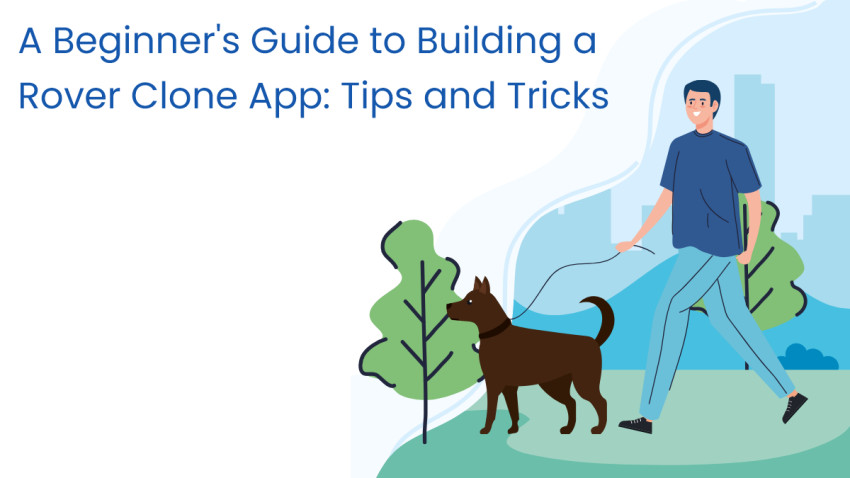
Building a Rover clone app can be an exciting journey into the world of app development. Whether you're a novice or a seasoned developer, this guide will equip you with the essential tips and tricks to embark on your Rover app development adventure.
Understanding the Concept of a Rover Clone App
Before diving into the development process, it's crucial to grasp the concept of a Rover clone app. Essentially, a Rover clone app is a platform that connects pet owners with trusted pet sitters and dog walkers in their local area. Inspired by the success of Rover, this app aims to replicate its functionality while adding unique features or customizations.
Research and Planning
Like any successful project, building a Rover clone app begins with thorough research and meticulous planning. Start by analyzing the Rover app and its competitors to identify key features, user expectations, and market trends. Use this information to define your app's unique selling points and target audience. Additionally, create a detailed project plan outlining milestones, timelines, and resource requirements.
Designing the User Interface
The user interface (UI) plays a pivotal role in the success of your Rover clone app. Design an intuitive and visually appealing interface that enhances the user experience. Consider factors such as ease of navigation, consistent branding, and accessibility. Use wireframing and prototyping tools to create mockups and gather feedback from potential users before finalizing the design.
Developing the App
With a solid plan and design in place, it's time to start developing your Rover clone app. Choose a suitable development framework or platform based on your technical expertise and project requirements. Whether you opt for native app development or cross-platform solutions, focus on writing clean, scalable code that adheres to best practices. Leverage APIs and third-party integrations to incorporate essential features such as user authentication, payment processing, and location-based services.
Testing and Quality Assurance
Testing is a critical phase in the app development lifecycle, ensuring that your Rover clone app functions seamlessly across different devices and scenarios. Implement comprehensive testing strategies, including unit testing, integration testing, and user acceptance testing. Pay attention to user feedback and address any bugs or performance issues promptly. Prioritize security and data privacy to build trust among your users.
Launching and Marketing
Congratulations! Your Rover clone app is ready to launch. Create a compelling app store listing with captivating visuals and persuasive copy to attract potential users. Utilize digital marketing channels such as social media, email newsletters, and influencer partnerships to promote your app and generate buzz. Offer promotional incentives or referral programs to incentivize early adopters and drive user acquisition. Monitor app performance metrics and iterate based on user feedback to continuously improve the app's features and functionality.
Conclusion
Building a Rover clone app requires careful planning, creativity, and attention to detail. By following the tips and tricks outlined in this guide, you can navigate the app development process with confidence and create a successful app that delights users and achieves your business goals. Embark on your Rover app development journey today and unleash the power of innovation in the pet care industry!




